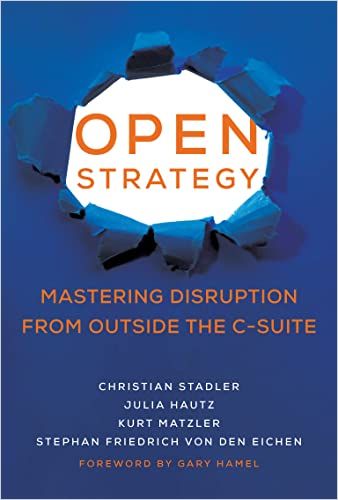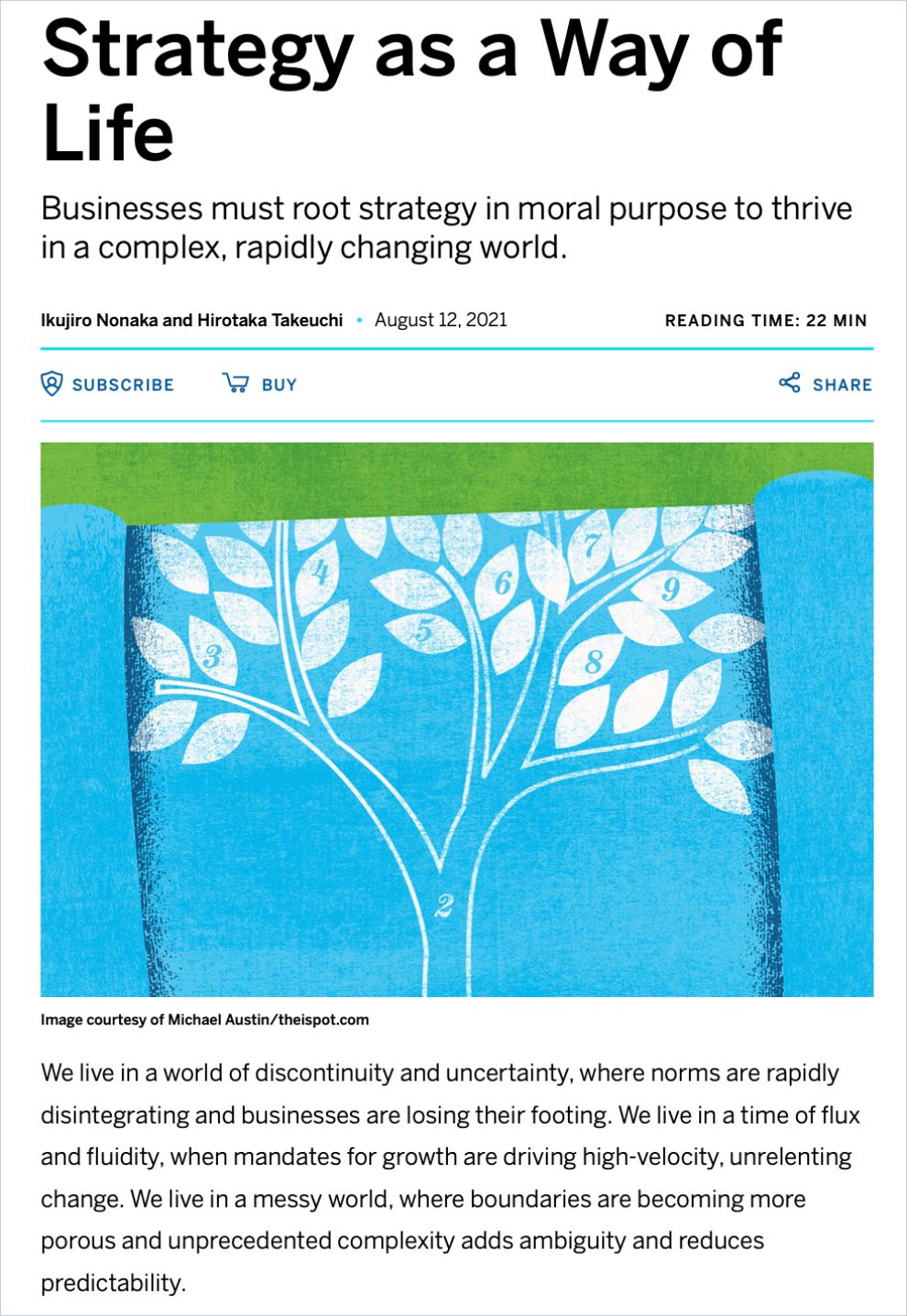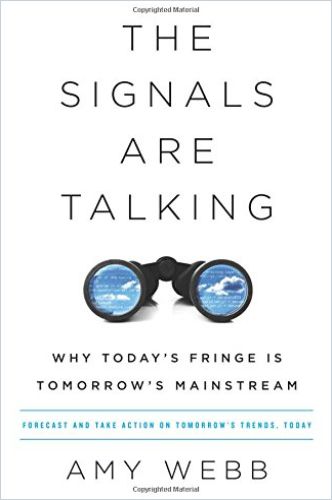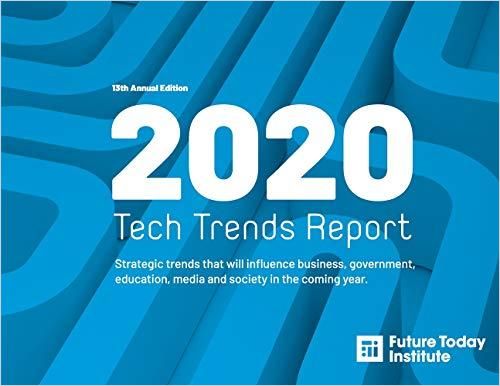Flying Blind Into Technical Deficit
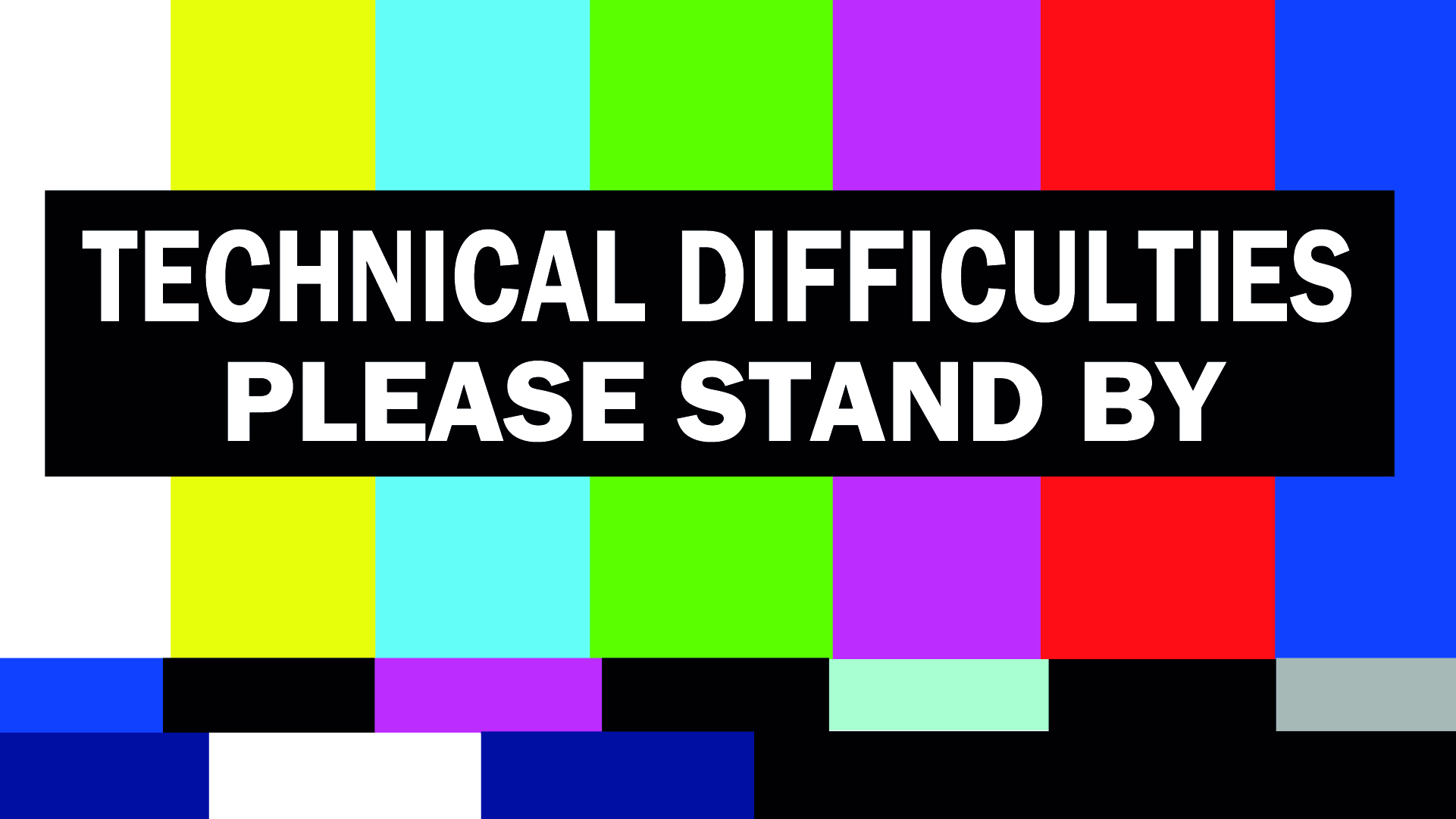
Southwest Airlines (SWA) canceled more than 16,700 scheduled flights, stranding nearly 3 million travelers during a busy holiday weekend that brought a severe winter storm across the middle United States. Days after the storm passed, Southwest was still canceling flights. It’s not that they didn’t have the planes to meet their schedules or the people to fly them: they did.
The company just didn’t exactly know where the people were.
Their crew scheduling technology broke down, so employees had to call in to let the company know where they were grounded (and perhaps available to crew a flight from) and get the company to make hotel arrangements or schedule them for other flights. These calls jammed communications, keeping available workers on the line for hours. The Federal Aviation Administration (FAA) rules govern how much downtime crew members need before they can crew another flight. Sometimes SWA workers were on the phone waiting for instructions for so long that they timed out of the ability to crew another flight. This paralyzing shutdown struck SWA like an earthquake, but it didn’t come out of the blue. Smaller tremors presaged it:
- Throughout the past year, SWA unions demanded updated software as part of their contract negotiation. They were so concerned about the issue they placed this demand above others in their March 2022 open letter to the company.
- Back in October of 2021, SWA suffered a smaller-scale cancellation crisis from the very same causes, as noted by its pilots’ union and even acknowledged by its former CEO Gary Kelly, who then took no action.
SWA’s crew scheduling system was antiquated. It broke down repeatedly under anything more stressful than normal use. In the aftermath of Southwest’s epic holiday meltdown, the company now faces a tsunami of bad news:
- An estimated $725 – $825 million loss.
- Investors may file suit for precipitously lost market share.
- Its pilots are calling for a strike.
- A major loss of customer trust and a damaged brand reputation.
Generally, the view from Wall St. tends to be “if it ain’t broke, don’t fix it,” and financial pundits long praised Southwest for its reliable dividends. But SWA’s operational systems were clearly broken. Instead of responding to an urgent need, SWA is now reacting to a crisis situation, and the costs are significantly higher.

Any company that relies on technology will accrue technical debt; it’s a fact of life. As soon as you lock in a program’s code, it starts to age. You can patch things here or there, but eventually, the accumulated technical debt will come due. Just days after Southwest’s fiasco, the FAA reported a computer glitch that grounded all US and US-bound flights for hours. In the end, it was a human error within what is usually a routine process of maintaining software – as software ages, it requires greater maintenance – a process that probably had not been reviewed for years.
Think about the way your company relies on technology and strategize against future disruptions by keeping these points in mind:
1. Think of How You’d Do Business If You Were Starting From Scratch
Rapid change is a fact of business life. Reacting to change by putting a bandaid on problems because they will cost you money and possibly market share to fix is a recipe for eventual disaster. W. Chan Kim and Renée Mauborgne coined the term “Blue Ocean Strategy” to emphasize a return to first principles when strategizing the next steps as an organization. Companies stuck in the “red ocean strategy” operate without questioning the norms established within their industry. They’re competing for a bigger slice of the pie. Companies that practice the “blue ocean strategy” are creating their own market.

Incubate your own skunkworks, where a team experiments with innovation to see what might work best to lead the company’s strategy in the future. Author David Espindola details how to use design thinking to strategize amidst rapid technological change in The Exponential Era. Or follow Microsoft’s strategy of partnering with startups. They regularly turn their cash reserves into technical expertise and ingenuity. Consider an Open Strategy, where you purposefully cast a wider net for ideas. Remember, as business scholars Ikujiro Nonaka and Hirotaka Takeuchi write in “Strategy as a Way of Life,” successful organizations are motivated by core values and center humans.
2. Test and Learn
Always be testing. Business consultants David J. Bland and Alex Osterwalder, authors of Testing Business Ideas, recommend breaking complex problems into their parts. Are you trying to solve a customer interest problem? A lack of sufficient pricing power that’s losing profits? Or, like SWA, are you unable to deliver on your value proposition?
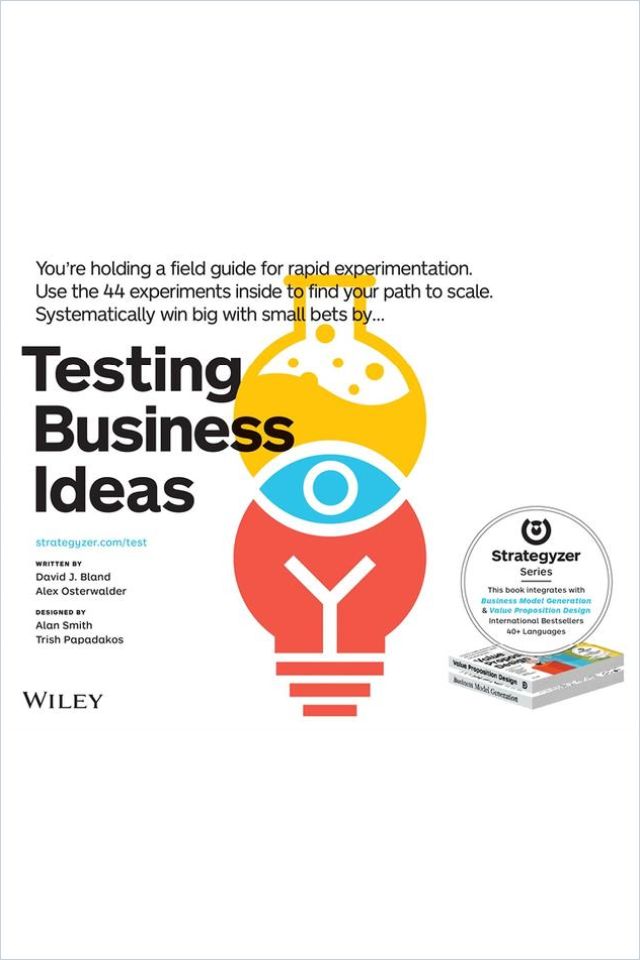
Test ideas by putting together the right team with the leeway and support in the organization to ideate, execute tests and evaluate your prototypes. In Meltdown, authors Chris Clearfield and András Tilcsik emphasize that as the complexity of today’s business operations increases, so do vulnerabilities. Small problems offer clues to potential future breakdowns.

Complex systems that are “tightly coupled” have many moving, interrelated and interdependent parts with little margin for error. Because Southwest and other airlines tightly schedule their flights with little turnaround time, a storm disrupting take-offs in one region can cause a cascade of disruption across the country. Simplifying processes – and regularly reviewing them – can reduce the potential for failure.
3. Scenario Plan to Troubleshoot Breakdowns
Futurist Amy Webb writes in “The Sources of Disruption Every Company Must Monitor,” that major disruptions come from 11 main sources, and they aren’t the ones companies are usually already comfortable and familiar with. Lead with questions and remain curious. In The Signals Are Talking, Webb lays out systematic techniques to analyze the viability of what may seem at first glance like a “fringe idea.”

The Sources of Disruption Every Company Must Monitor
Disruption 2020: A Virtual SymposiumIn Will Your Next Mistake Be Fatal, author Robert E. Mittelstaedt, Jr. emphasizes that company discipline and a listening and learning culture that values diverse perspectives and experiences are the most important attributes for preventing fatal or costly mishaps. He recommends studying disasters to become familiar with their patterns. Very often, a small problem was first detected, then ignored, but turned out to be a catalyst for a chain reaction of bad events.
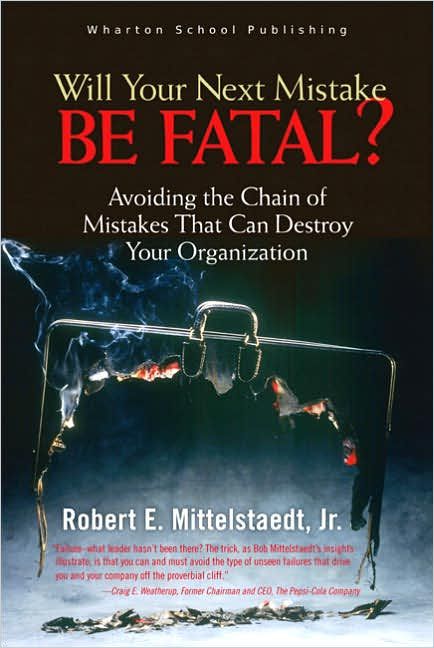
Lean into the uncertainty, but do it using methods and frameworks.
Amy Webb
4. Your Workforce is also an Infrastructure
As companies navigate the constant change digital advances bring, a tech-savvy workforce is a growing must, notes this Boston Consulting Group article, “The End of IT as We Know It.” Instead of thinking of IT as an add-on department there to troubleshoot problems in the main business, business leaders must acknowledge because technology is now integral to your business model, tech-savvy workers are now integral to your operations.
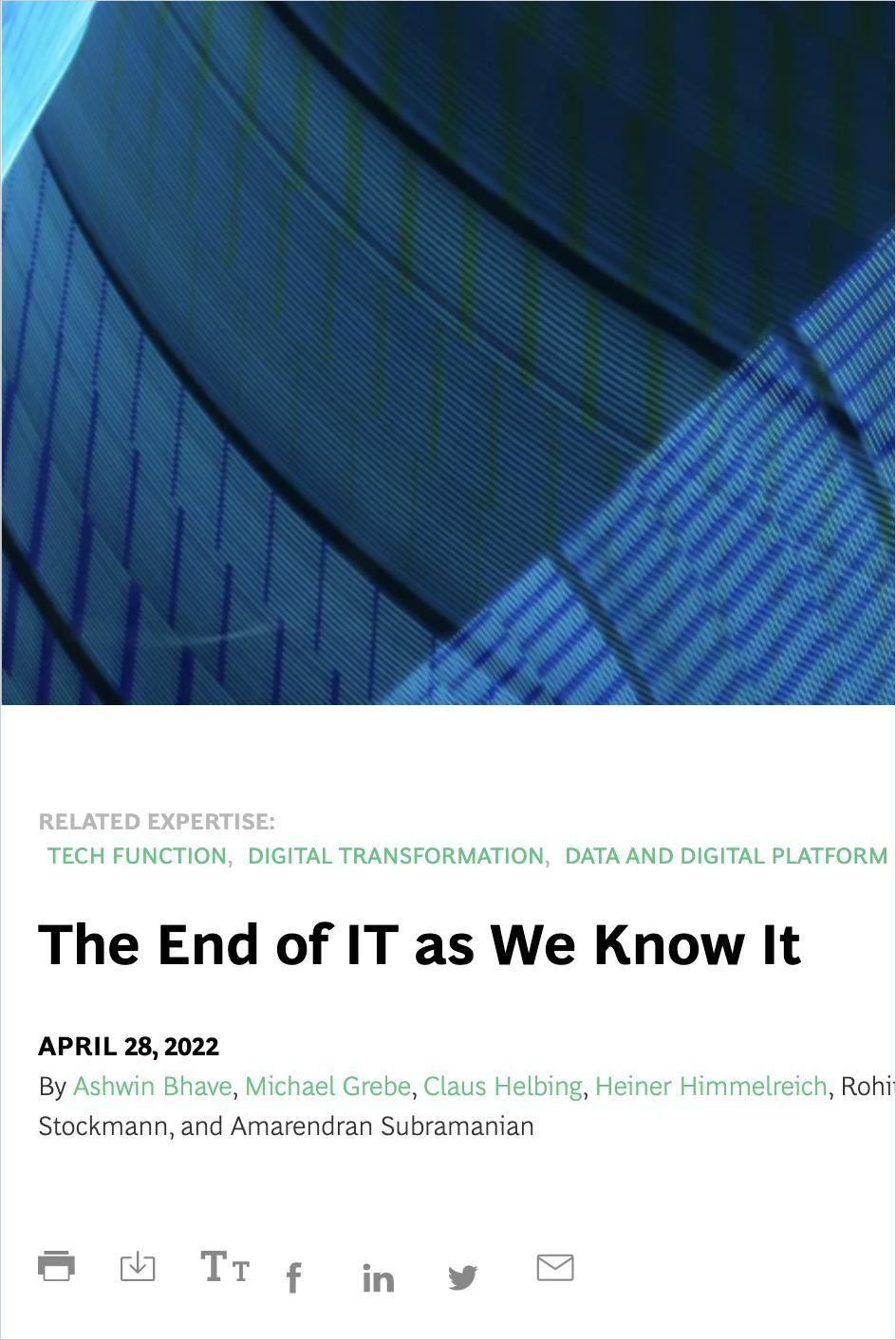
Adam Kahane writes in Facilitating Breakthrough that if companies want to smooth the way to creative transformation, they need to remove the internal obstacles to collaboration. SWA will need to work closely with the various worker groups its operations depend upon to find solutions. Without laying down this groundwork of internal trust, SWA has little hope of winning back consumer trust.

As technology writer Zeynep Tufekci highlights in The New York Times, perverse incentives reward executives for neglecting capital improvements in favor of stock buybacks and other gimmicks to prop up share price (which their compensation is directly tied to) at the expense of operability. She writes: “Technical debt is real debt. It will eventually be paid by someone. And unless we take steps to hold companies and executives accountable for preventable — and foreseeable — failures, it will be us, the public, who keep paying.”
Read these Journal articles to learn more about digital disruption:


